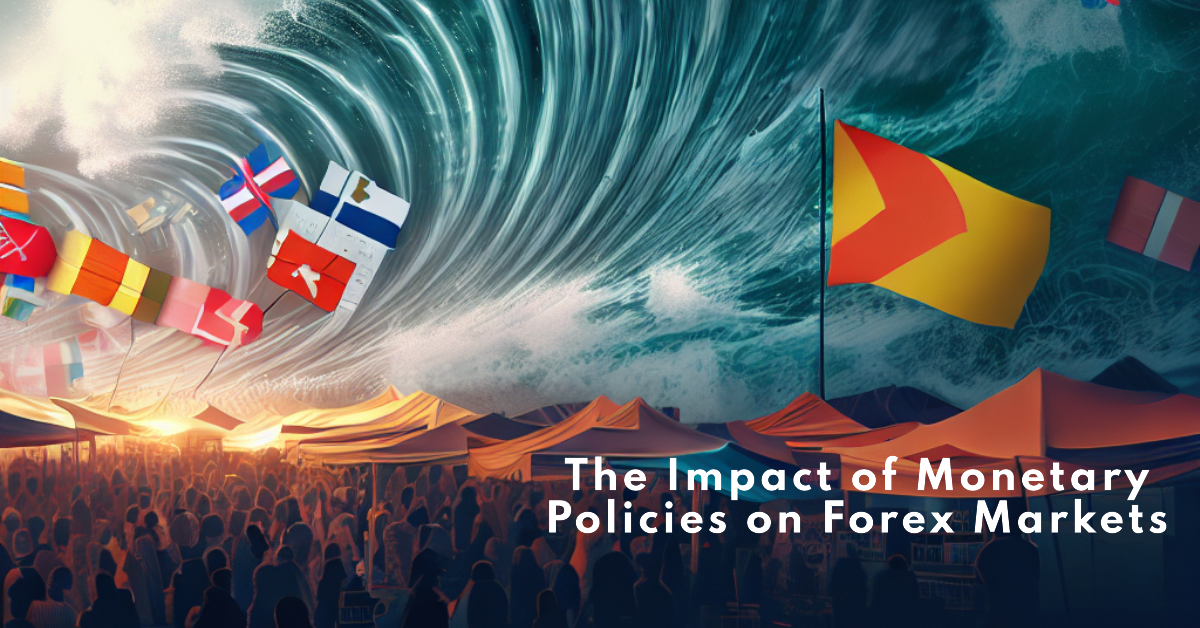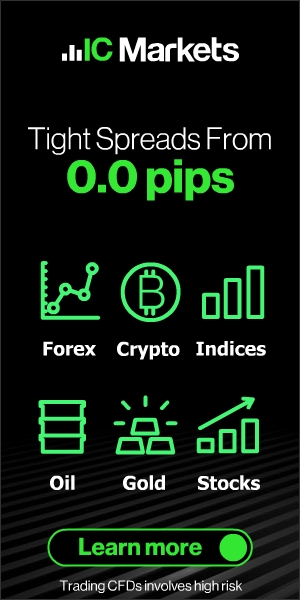
The Impact of Monetary Policies on Forex Markets: An Unraveled Mystery
- Jonny Smith
- August 2, 2023
- Forex Trading For Beginners, Forex Trading Strategies
- Best_forex_broker, ECN_Forex, forex_brokers, Froex_Demo_Accounts, instant_withdrawal
- 0 Comments
Introduction
Hello, financial adventurers! Ever been intrigued by the hustle and bustle of the foreign exchange (Forex) markets? Well, you’re not alone. These vast, intricate markets stir up the curiosity of many. In this exploration, we’ll traverse through the twisty turns of Forex and its intriguing liaison with monetary policies.
But first, what are these two key players? Forex markets, in the simplest of terms, is a global marketplace for exchanging national currencies against one another. Monetary policies, on the other hand, are the strategies employed by a country’s central bank to control the money supply. These two may seem like different entities, but they are profoundly interconnected.
But fret not! This journey will be no uphill battle. We’ll first get to grips with the nuts and bolts, understand their influence on each other, and examine how various factors and scenarios come into play.
Understanding the Basics
The Lowdown on Forex Markets
Imagine Forex as a colossal, round-the-clock marketplace where currencies play the leading role. It’s where the US dollar rubs shoulders with the Euro, and the Japanese Yen mingles with the British Pound. What fuels these interactions, you ask? A plethora of factors, such as economic health, political stability, and market speculation.
And who’s buying and selling on this stage? From large financial institutions, multinational corporations, to individual investors – it’s a whole melting pot!
Deciphering Monetary Policies
Think of a country’s monetary policy as a ship’s wheel, guiding the vast sea of the economy. The sailor? That’s the central bank. It adjusts the course by employing tools like interest rates, reserve requirements, and open market operations.
The primary goal here is economic stability – keeping the inflation dragon at bay and ensuring full employment. The central bank’s decisions send ripples throughout the economy, even reaching the far corners of the Forex markets.
How Monetary Policies Influence Forex Markets
The Mechanism Unveiled
Imagine a seesaw, with one end representing a country’s interest rates and the other its currency value. As one end rises, the other follows – a fascinating yet intricate dance of cause and effect. When a central bank tweaks the interest rates, the currency value adjusts, and this wave eventually crashes onto the shores of the Forex market, influencing exchange rates.
Case Studies: When Theory Meets Practice
Two classic tales beautifully illustrate this relationship. When the US Federal Reserve hikes interest rates, the Dollar often struts proudly in the Forex markets. Similarly, when the European Central Bank lowers rates, the Euro tends to slouch a bit.
The plot may thicken, but it all boils down to this: the actions of central banks send waves through the Forex markets.
The Interplay of Monetary Policy, Inflation, and Forex Markets
A Dance of Flames: Monetary Policy and Inflation
Monetary policy and inflation can be likened to fire and water; one’s mission is to quench the other. Central banks use monetary policy like a firefighter uses a hose, aiming to douse the flames of high inflation. But how does this firefight impact the Forex markets?
Inflation’s Ripple Effect on Forex
Inflation – it’s like a boisterous party guest, its presence always affecting the mood. When inflation rates are high, the purchasing power of a currency falls. So, in the grand ball of the Forex market, other currencies may start to give it the cold shoulder. Lower demand can lead to a weaker currency, influencing exchange rates and stirring the Forex market waters.
Factors Modulating the Impact of Monetary Policies on Forex Markets
Economic Indicators and their Roles
Imagine being at a busy railway station. Just like how you would look for indicators – the train number, destination, and arrival time – Forex traders keep a close eye on economic indicators like GDP, unemployment rates, and consumer price indices. These indicators can often forecast the direction of monetary policies, and as we’ve seen, these can significantly affect Forex markets.
The Influence of Global Geopolitical Scenarios
The Forex market is like a sensitive seismometer, picking up tremors from geopolitical events worldwide. Whether it’s a trade war or Brexit, these events can influence a country’s monetary policies and, by extension, the Forex markets.
The Role of Market Speculations and Investor Sentiments
In the financial world, perception can often shape reality. The collective mood of investors, often swayed by market speculations, can influence Forex markets. After all, when traders speculate about a central bank’s next move, they position themselves accordingly in the Forex markets.
Strategies for Forex Traders in light of Monetary Policies
Forex Trading Strategies Considering Monetary Policy Decisions
Step into the shoes of a savvy Forex trader. Monetary policy decisions are like whispers of the future, hinting at possible Forex market movements. Traders often adopt strategies that ride on these monetary policy waves. For instance, if a central bank hints at hiking interest rates, traders might buy that currency in anticipation of its value increasing.
Staying Abreast with Central Bank Decisions and Economic Indicators
Knowledge, as they say, is power. In the Forex markets, being aware of central bank decisions, understanding monetary policies, and keeping tabs on economic indicators can provide traders with that power. It’s like having a weather forecast in a storm; it doesn’t stop the rain but gives you the tools to navigate it.
Predicting the Impact of Future Monetary Policies on Forex Markets
Peering into the crystal ball of monetary policies can often illuminate potential impacts on Forex markets. Emerging trends in global monetary policies, like a tilt towards more eco-conscious decisions or an increased focus on digital currencies, can signify upcoming tremors in the Forex markets. It’s a bit like watching the clouds gather before a downpour.
Conclusion
We’ve journeyed far and wide through the entwined paths of Forex markets and monetary policies, understood their deep-seated connections, and even dabbled in some prophecy. Understanding these intricate relationships can be akin to decoding a financial language, enabling one to converse fluently with the ebb and flow of the markets.
In essence, the interplay between monetary policies and Forex markets is a financial symphony. The central banks, conductors guiding the economy, create a melody that echoes throughout the Forex markets, the world’s largest financial stage. And just as music touches the hearts of listeners, the tune of this symphony influences the wallets of traders worldwide.
So, dear financial adventurers, keep your ears tuned to the melodies of monetary policies. For in these tunes lie the rhythm of the Forex markets.
The world of Forex and monetary policies may initially seem overwhelming, but in the end, it’s all about understanding the ripples, the causes and effects, and the interplay of various factors. Whether you’re a trader or simply a curious mind, it’s an exploration worth embarking upon. So, let’s keep unraveling these mysteries, one monetary policy at a time!








